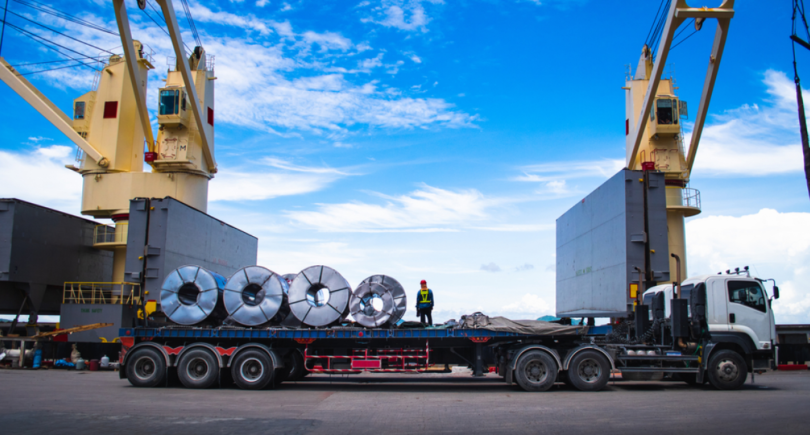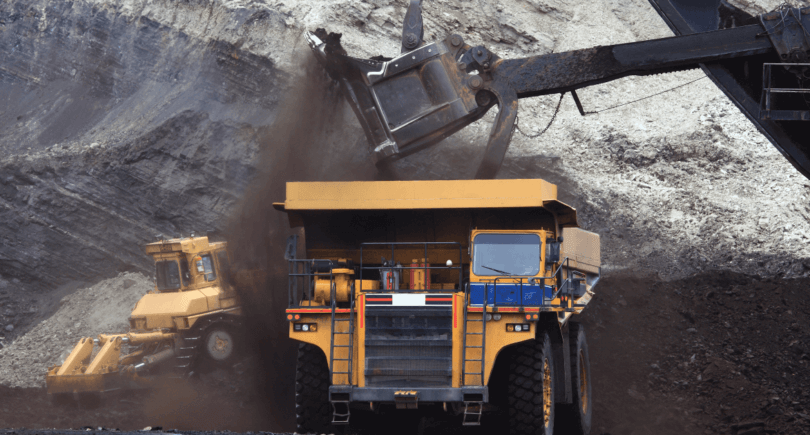
News Global Market ArcelorMittal 6085 22 February 2024
The head of the European division believes that low-carbon steel could be produced from imported DRI
Green hydrogen is too expensive to be used at ArcelorMittal’s steel mills in the EU, despite the fact that the company has received billions of dollars in subsidies for the equipment. The head of the European division of the corporation, Gert van Poelvoorde, told this to the Dutch business magazine Trends, Hydrogen Insight reports.
According to him, such green steel will not be able to compete in international markets, but it could be produced from imported direct reduced iron (DRI).
«We already know that hydrogen will be expensive in Europe. We won’t be able to use it because we will completely drive ourselves out of the market,» said Geert Van Poelvoorde.
Producers such as ArcelorMittal hope to use hydrogen to decarbonize production at their steel mills, which account for 7-8% of global carbon emissions.
Policymakers want manufacturers to eliminate emissions in the steel sector by using DRI produced with green hydrogen and smelting low-carbon steel using electric arc furnaces powered by renewable energy sources.
However, van Poelvoorde’s comments, Hydrogen Insight notes, confirm fears that ArcelorMittal’s planned new green steel plants, which have been heavily subsidized by EU governments under the condition of a gradual transition to renewable hydrogen, will not actually use this option for years.
The company expects to receive a €850 million grant from the French government for a DRI unit and two electric arc furnaces at its Dunkirk plant, €460 million from the Spanish government to replace two blast furnaces with a DRI and EAF unit at its Gijon facility, and a €280 million grant from Belgium for a DRI unit and two electric arc furnaces in Ghent.
ArcelorMittal also received a €55 million grant for a pilot H2-DRI unit in Hamburg, Germany. This will bring the total amount of subsidies planned for the company’s green steel production to €1.65 billion.
ArcelorMittal is already a DRI producer (using gas rather than hydrogen as a reducing agent). However, the corporation needs hydrogen prices of around €2/kg to make the low-carbon steel produced from it competitive, van Poelvoorde said, even with progressive European carbon taxes.
At present, European electrolysis schemes can produce H2 only at a price of about €6-7/kg, or €5/kg with some optimization, said the head of the corporation’s European division. He added that even importing “green” hydrogen would be impractical, as it costs €1.5/kg to transport it from Africa, where it is produced at a cheaper price.
As GMK Center reported earlier, the decarbonization of the steel industry will remain a key topic in 2024, according to Fastmarkets’ forecast. Adequate supplies of clean hydrogen and renewable energy at competitive prices will be crucial in this process.




